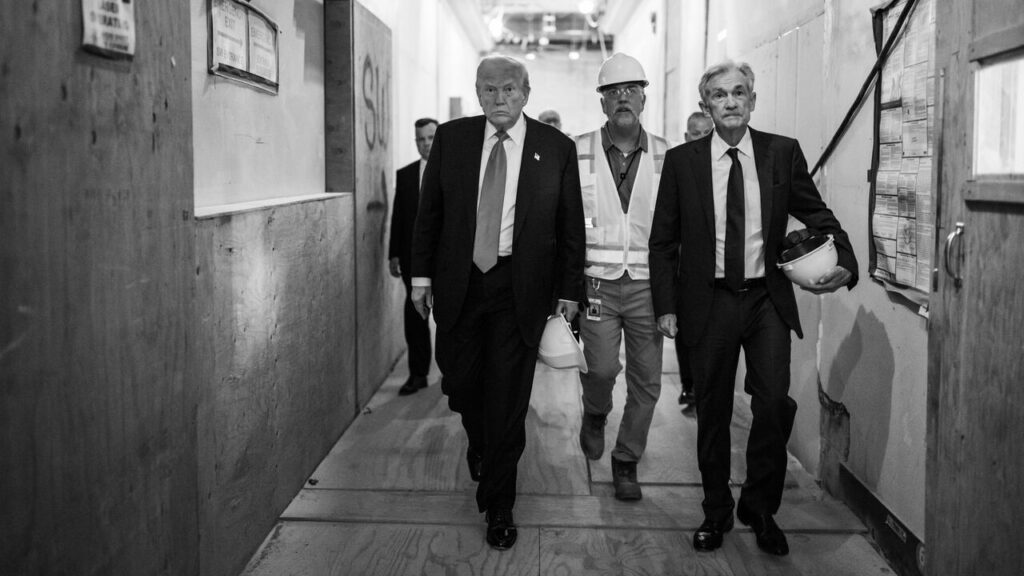The Federal Reserve, often regarded as the cornerstone of the United States’ economic framework, is known for its cohesive approach toward monetary policy. This institution, with its immense influence on the global economy, typically operates with a remarkable degree of consensus among its policymakers. Central banks around the world frequently experience internal conflicts regarding interest rate decisions and monetary policy direction. However, the Fed has long maintained a semblance of unity that lends credibility to its decisions and reinforces market stability.
Recently, this congratulatory calm has been put on notice as differing opinions start to emerge among Fed policymakers. As the economic landscape becomes increasingly challenging, particularly with the ongoing trade tariffs implemented by President Donald Trump, tensions within the Fed have begun to surface. On July 30th, a noteworthy event marked a significant shift: two members of the Federal Open Market Committee, governors Christopher Waller and Michelle Bowman, broke rank and cast dissenting votes against the majority decision to keep the interest rates steady at a range between 4.25% and 4.5%. This occurrence is particularly notable as it represents the first “double dissent” by Fed governors in over three decades, signaling a shift towards a more fragmented decision-making process within the board.
The dissenting voices of Waller and Bowman reflect a growing skepticism concerning the Fed’s current policy stance. Their preference to cut interest rates by a modest quarter of a percentage point suggests a belief that the economic pressures facing the United States may be compelling enough to warrant a change in strategy. The implications of this dissent reach beyond mere numbers and percentages; they highlight a burgeoning concern regarding the economic outlook under the Trump administration’s policies, particularly as tariffs continue to reshape trade relationships and impact domestic economic health.
Moreover, the backdrop of an intensified political climate, exacerbated by Trump’s vocal criticisms of the Fed, adds a layer of complexity to this internal dispute. Trump has repeatedly expressed his dissatisfaction with the Federal Reserve’s approach to interest rate adjustments, often urging faster cuts to stimulate a more robust economic environment. His rhetoric has drawn attention not only to the institution but also to its members, placing them under increased scrutiny and pressure. The dynamic between the Fed and Trump’s administration fosters a unique tension that can influence the board’s decision-making trajectory and may even exacerbate divisions internally.
As the Fed grapples with external pressures and internal dissent, the economic implications are profound. While a united front typically instills confidence in investors and the general public, fractures within the institution could lead to uncertainty and volatility. The potential ramifications of a divided Federal Reserve are significant, particularly during periods of economic vulnerability, as the institution is charged with guiding the nation through both prosperous and challenging times. Analysts may begin to speculate how divergences in opinion, especially after years of consensus, can affect future interest rate decisions and economic policy direction.
In conclusion, the Federal Reserve’s recent challenges mark a significant deviation from its traditionally harmonious policymaking environment. The historic dissent from governors Christopher Waller and Michelle Bowman not only raises questions about the internal dynamics of the Fed but also reflects broader tensions rooted in the current political and economic context. As the Fed seeks to navigate these challenges, its ability to maintain its integrity and effectiveness will be pivotal in shaping the future of the U.S. economy amidst mounting pressures from both the administration and the global economic landscape. The tension within the Fed could either lead to a productive reevaluation of its strategies or herald a period of uncertainty that could ripple through financial markets and beyond.









